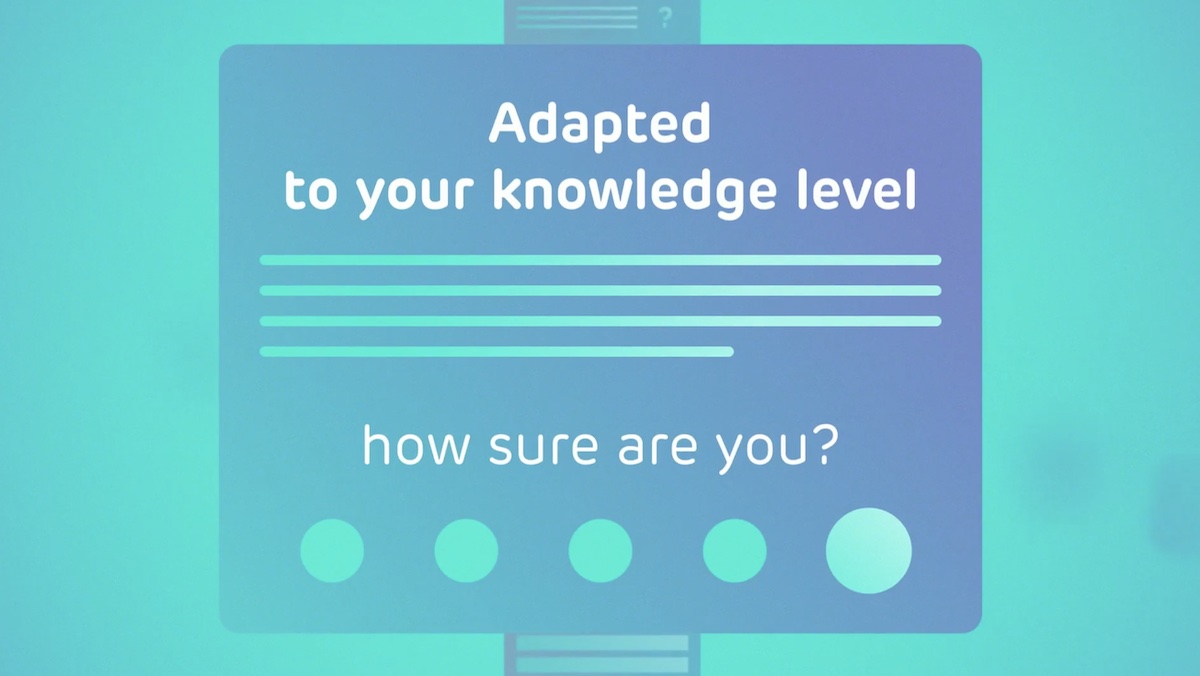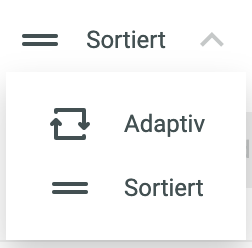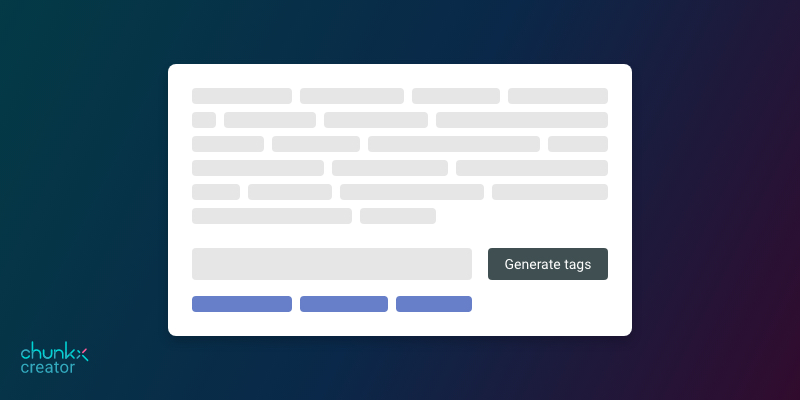chunkx wins in the category "Digital didactic media products
Berlin, Germany – the micro-learning app chunkx was honored on June 23 at this year’s Comenius Award ceremony in Berlin by the Gesellschaft für Pädagogik, Information und Medien e.V. (GPI) as one of the most outstanding educational media for work, training, school, culture and leisure.
The demand and also the market for digital educational media are growing continuously. However, only a fraction can meet the pedagogical, didactic and technical criteria and establish a sustainable digital educational medium. With the Comenius-EduMedia Award, GPI has therefore made it its task to test and award digital educational media according to the criteria mentioned. For more than 26 years, the awards have been presented in the categories Digital Didactic Media Products, General Digital Media Products, Teaching and Learning Management Systems, and Computer Games with Competence Enhancing Potential.
This year, over 200 manufacturers, publishers, projects and authors from 8 European countries applied and underwent the manufacturer-neutral quality check.
The Comenius EduMedia Award underlines the didactic quality achieved by the National Anti-Doping Agency together with chunkx and confirms the growing demand for digital solutions for adaptive and continuous learning.
Florian Stieler, Gründer & CEO

chunkx convinces with innovative approaches for sustainable learning
For the award in the category “Digital didactic media product”, chunkx was able to convince not only with its innovative use of artificial intelligence and adaptive algorithms, but also with the pedagogical concept behind it. Based on scientific theories such as“Multi Store Model of Memory“,“Information Processing Theory” or “Certainty Based Marking”, chunkx lays the foundation for a new learning culture.
The following approaches in particular stood out:
Microlearning units for continuity
To move from static to adaptive learning paths and make invested learning time as effective as possible, chunkx follows the micro-learning approach. Individual learning units are packed into small chunks in order to be more “digestible” for the learner. Instead of listening to an extensive course or video/audio once, content is equalized and repeated over longer periods of time. The resulting moments of reflection promote the sustainability of the learning process and enable a deeper anchoring than so-called “bulimic learning” can.
Adaptivity for knowledge-based learning content
In chunkx, learning content isselected based on users . Specially developed algorithms not only repeat the microlearning units, but also select them dynamically based on the knowledge level of the individual users. This selection can be constantly readjusted. Because with every action of the learner, the app also continues to learn and improve the selection.
Self-determined and connecting learning
In chunkx, learners decide for themselves how long and intensive they want their learning unit to be. You can use the “Start all your channels” button to learn more than one topic. At the touch of a button, chunkx then selects the most suitable microlearning unit from all subscribed topics and based on the individual learning history. As a result, topics no longer compete for the attention of users, but instead connect and reinforce each other. In addition, the existing learning content is enriched by further relevant information such as published articles, studies or podcasts in the form of postings .
Simple and AI-based content creation
To actively contribute to a new continuous and sustainable learning culture, chunkx offers AI-based content creation. With the click of a button, chunkx users can upload content, have microlearning units created automatically, and start learning. This not only involves all learning parties in extending learning courses, but also lets them share knowledge with others in the easiest way.

About chunkx
chunkx is an adaptive micro-learning app for web, iOS and Android. It focuses on sustainable learning transfer through smart algorithms, artificial intelligence and user-based content selection. chunkx uses Natural Language Processing for user-based recommendations and the automatic creation of interactive microlearning units. The chunkx user app and chunkx creator authoring tool provide authors and users with the optimal support for ongoing content creation and learning engagement. chunkx is a product of chunkx B.V. and was founded in 2018. The EdTech start-up is based at the High Tech Campus Eindhoven, Netherlands, and in Düsseldorf, Germany.
Are you not yet a customer or do you have questions about chunkx? Then contact us for a personal presentation and let’s talk about the possibilities together. We look forward to hearing from you!











